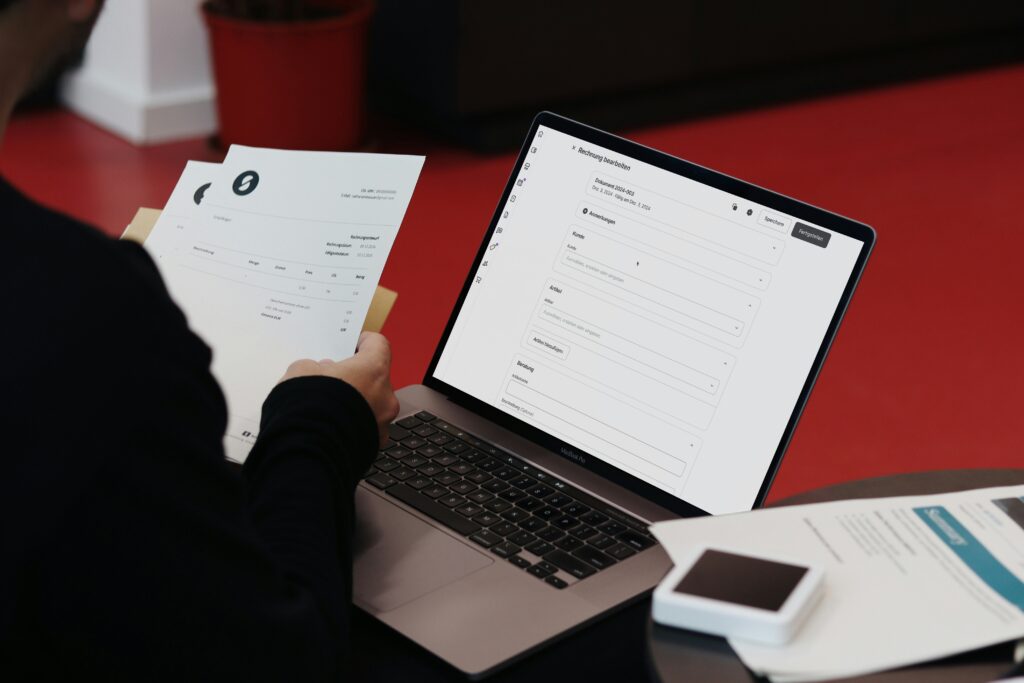Accuracy, compliance and trust have always been key responsibilities for finance leaders, and in today’s digital world another crucial responsibility is top of the agenda: cybersecurity. In this post we’re sharing best practices and tips on protecting financial data:
The Growing Risk Landscape
Finance functions are prime targets for cybercriminals. From payment fraud and phishing schemes to ransomware attacks and data breaches, financial data is among the most valuable assets a business holds – with even large well-established organisations falling victim of cyberattacks, as seen in the news recently.
Common vulnerabilities include:
- Phishing emails that trick employees into authorising fraudulent payments
- Weak access controls allowing unauthorised system entry
- Unencrypted or poorly secured data held in spreadsheets or on shared drives
- Third-party integrations that create potential backdoors into ERP or accounting systems
The impact of a breach extends far beyond financial loss, with the potential to damage brand reputation, stakeholder confidence, and regulatory compliance.
Why It’s up to Finance Leaders to lead the Charge:
Cybersecurity isn’t just an IT issue. Finance leaders have unique visibility into data flows, transactions, and internal controls, putting them in the best position to:
- Enforce robust governance and accountability frameworks
- Allocate budgets for security investments and staff training
- Ensure vendors and cloud solutions providers meet compliance standards
- Champion a culture of cyber awareness across all departments
By integrating cybersecurity into financial risk management, finance leaders can help prevent threats before they escalate.
Best Practices for Protecting Financial Data
1. Implement Strong Access Controls
Adopt multi-factor authentication (MFA) and role-based permissions to ensure only authorised users can view or modify sensitive data.
2. Encrypt Data and Use Secure Cloud Platforms
Choose cloud-based financial systems that provide end-to-end encryption, automatic backups, and regular security audits.
3. Train Staff and Build Awareness
Most breaches stem from human error. Regular cybersecurity training helps employees recognise suspicious activity and handle financial data safely.
4. Monitor and Audit Continuously
Use automated monitoring tools and internal audits to detect irregular transactions or unauthorised data access early.
5. Establish a Clear Incident Response Plan
Prepare for the worst. Define who does what in case of a breach, including communication with regulators, stakeholders, and affected clients for effective crisis management and damage limitation should the worst happen.
The Ultimate Guide to Sage Intacct Cloud Accounting
The Role of Technology in Prevention
Modern ERP and cloud accounting platforms (like Sage Intacct and others) now include built-in security and compliance tools, such as:
- Automated user access tracking
- Audit trail visibility
- Real-time anomaly detection
- Integration with cybersecurity software
By leveraging these technologies, finance teams can strengthen their defense while maintaining operational efficiency.
Moving from Reactive to Proactive
The most secure finance functions are those that treat cybersecurity as a strategic priority, not a technical afterthought. For finance leaders, this means:
- Embedding security policies into everyday financial operations
- Partnering closely with IT and compliance teams
- Regularly reviewing vendor risk and internal controls
Protecting financial data isn’t just about avoiding loss, it’s about preserving trust, maintaining compliance, and ensuring long-term business resilience.


